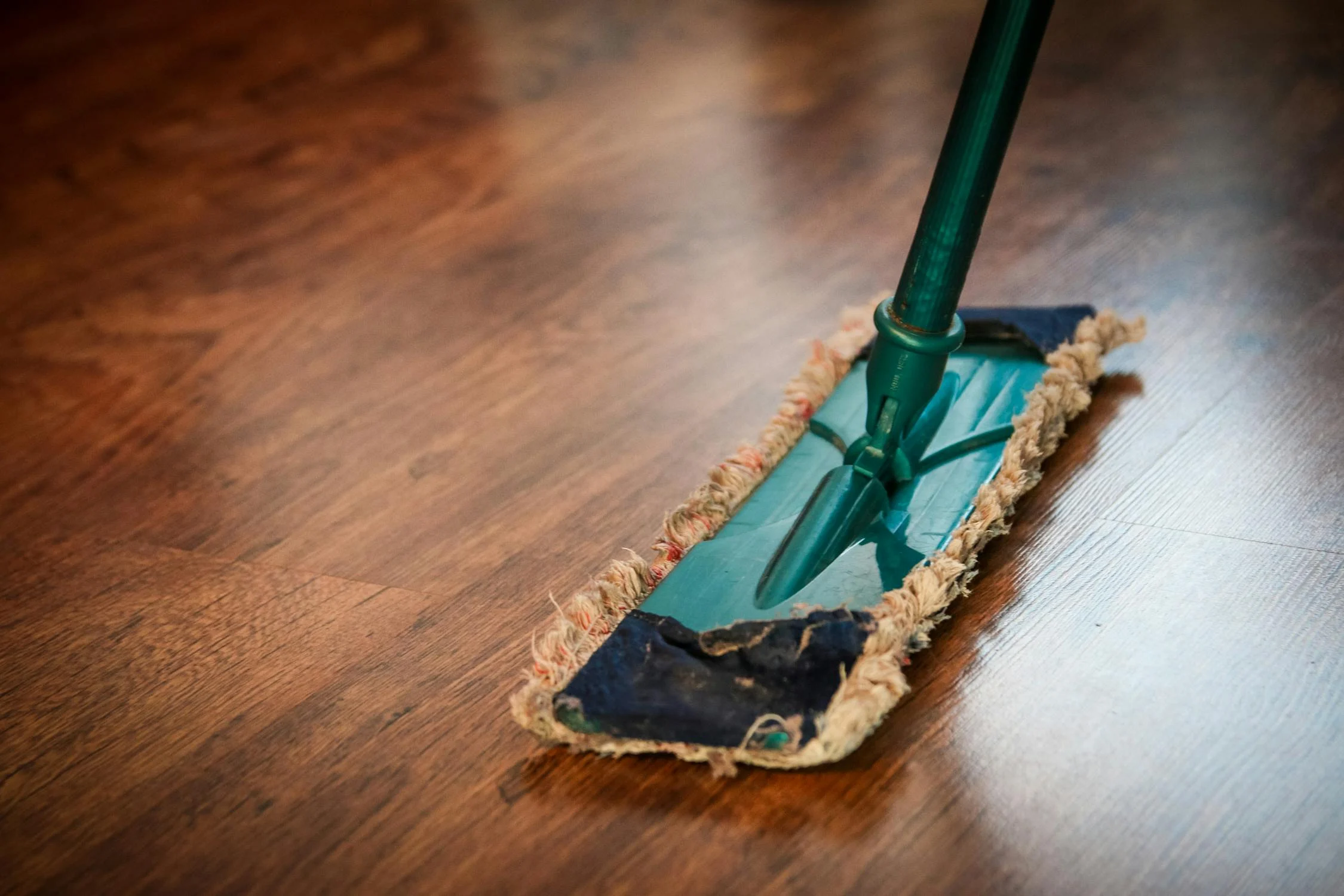To transform a damp basement into a modern living suite, you need to start with a thorough initial assessment that respects the historic home’s architecture. Next, implement extensive waterproofing and moisture control solutions, such as applying basement sealants, installing drainage systems like French drains, and guaranteeing proper gutter maintenance. This sets the stage for tailored design and construction that aligns with historic property layouts, followed by final finishing, cleaning, and inspection to confirm move-in readiness.

Initial Assessment and Historic Home Planning
When remodeling the basement of a historic home, you need to start with a thorough structural review to identify any potential issues with the masonry, electrical system, and main water service pipe. Conducting moisture checks is essential to detect and address any water damage or leaks that could compromise the integrity of the space. This initial assessment must be planned carefully to align with architectural preservation codes, ensuring that the remodel respects the historic character of the home.
Structural reviews, moisture checks, and planning aligned with architectural preservation
During the initial assessment of your historic home’s basement, a thorough structural review is essential to guarantee the integrity of the space. Inspect the masonry for cracks, missing bricks, and deteriorated mortar joints, and check for any bowing in the walls. Secure moisture control for basements to prevent damage. This approach aligns with historic preservation remodeling, a specialty of Annapolis remodeling contractors like Naomi, making sure your basement remodeling in Annapolis respects the original architecture.
Comprehensive Waterproofing and Moisture Control Solutions
To create a dry and healthy foundation for your historic home’s basement, you need to implement a combination of exterior and interior waterproofing strategies. Start by ensuring your gutters are clear and functional, and consider installing a drainage system such as a French drain or an interior sump pump to redirect water away from the foundation.
Use basement sealants like epoxy coatings or waterproofing paints on the interior walls and floors to prevent water seepage. For more traditional approaches, methods like applying tar or bitumen to the exterior walls or installing clay tiles around the foundation can also be effective.
Strategies for creating dry, healthy foundations suited for finished living spaces
Creating a dry, healthy foundation is essential for transforming a damp basement into a modern living space, especially in historic homes. Here are some strategies to achieve this:
- Exterior Waterproofing: Excavate the foundation to install waterproof membranes and apply sealants to redirect water away from the home.
- Interior Drainage Systems: Install French drains or interior sump pumps to collect and redirect water.
- Basement Sealants: Use epoxy coatings or waterproofing paints on walls and floors.
- Historic Preservation: Employ traditional methods like tar, bitumen, or clay tiles, adapted with modern materials.
- Eco-Friendly Practices: Incorporate sustainable materials and techniques to align with eco-friendly construction practices during your historic home renovation.
Tailored Design and Construction for Historic Property Layouts
When remodeling the basement of a historic home in Annapolis, you need to guarantee that the design and construction respect the original character of the property. This involves selecting materials and finishes that align with the home’s historic aesthetic, while still incorporating modern functionality. By doing so, you can create a space that is both a tribute to the past and a comfortable, contemporary living area.
Customized remodeling with materials and finishes that honor original home character
In historic Annapolis homes, the basement often presents a unique challenge: balancing modern functionality with the preservation of original character. Naomi Cleaning Services LLC guarantees that your basement design customization respects the home’s heritage while incorporating modern amenities.
- Historic materials: Reuse or replicate original materials to maintain authenticity.
- Compliant finishes: Choose finishes that adhere to Maryland historic preservation codes.
- Space optimization: Maximize the historic layout without altering its original charm.
- Custom trim work: Match the trim and molding to the home’s original design.
- Sustainable practices: Use eco-friendly materials to enhance the home’s value and integrity.
Final Finishing, Cleaning, and Inspection for Move-In Readiness
As you approach the final stages of your basement remodel, it’s important to focus on post-construction cleanup and a thorough inspection. This guarantees that the space meets quality, safety, and client satisfaction standards. Check for completed tasks such as installed handrails, functioning electrical outlets, and properly sealed vents to ensure a safe and ready living area.
Post-construction cleanup and inspection to ensure quality, safety, and client satisfaction
To verify your newly remodeled basement meets the highest standards of quality, safety, and client satisfaction, a thorough post-construction cleanup and inspection are vital. Here’s how Naomi Cleaning Services LLC guarantees your basement living suite is ready:
- Remove Debris: Clear away all construction materials and waste.
- Dust Removal: Dust all surfaces, including walls, ceilings, and light fixtures.
- Vacuum and Sweep: Clean all floors thoroughly.
- Mop and Clean Floors: Use a suitable cleaning solution to remove dirt and grime.
- Window Cleaning: Clean windows, frames, tracks, and sills for a streak-free finish.
This integrated cleaning and remodeling approach is essential in the basement construction workflow for historic Annapolis homes.
